
If you want to fascinate visitors and draw their eyes into your layout, make your layout tell a story. Many modelers put a lot of effort into making their locomotives, track arrangements, and operating schemes as realistic as possible. But not all of us put the same amount of thought into the little plastic people […]
Read More…
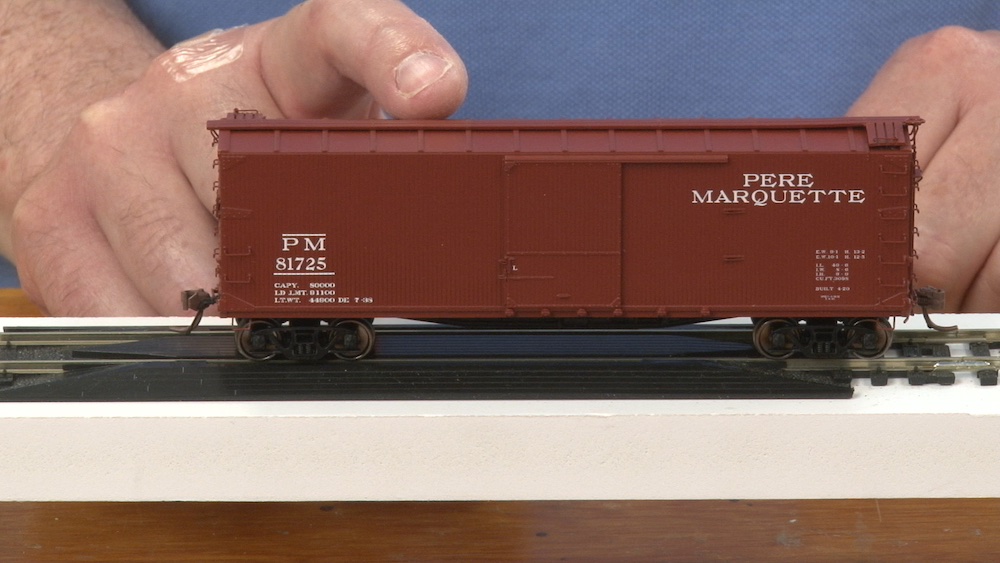
Sometimes, rolling stock needs a little fine tuning before it can be considered ready to run on a layout. One common quirk? Wobbling. Before you jump in and start making fixes, be sure to do some testing. Here’s how: With the model sitting on the track, lightly tip the body from side to side. If […]
Read More…
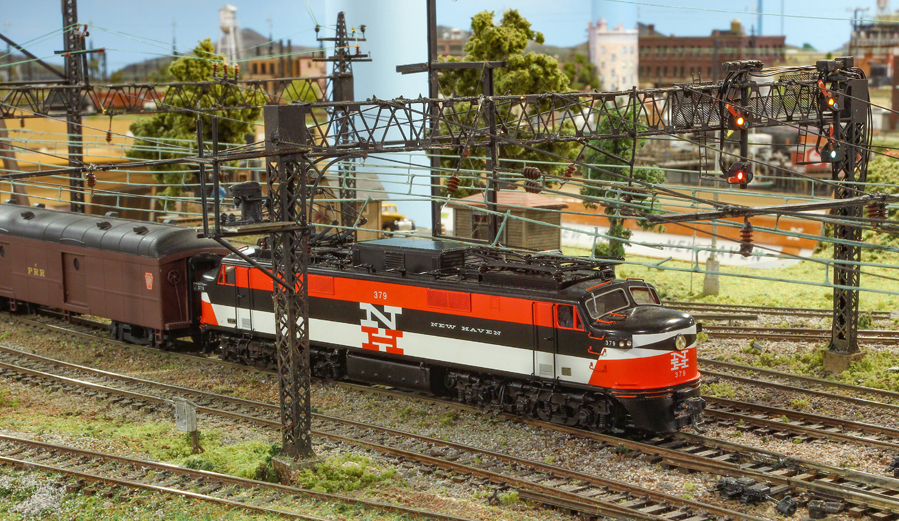
When you think about electrified rail lines today, the first thing that probably comes to mind is Amtrak’s Northeast Corridor. But in the first half of the 1900s, before the start of the diesel era, railroads used electrified lines to move freight and passengers. Examples in the east included the New York, New Haven & […]
Read More…
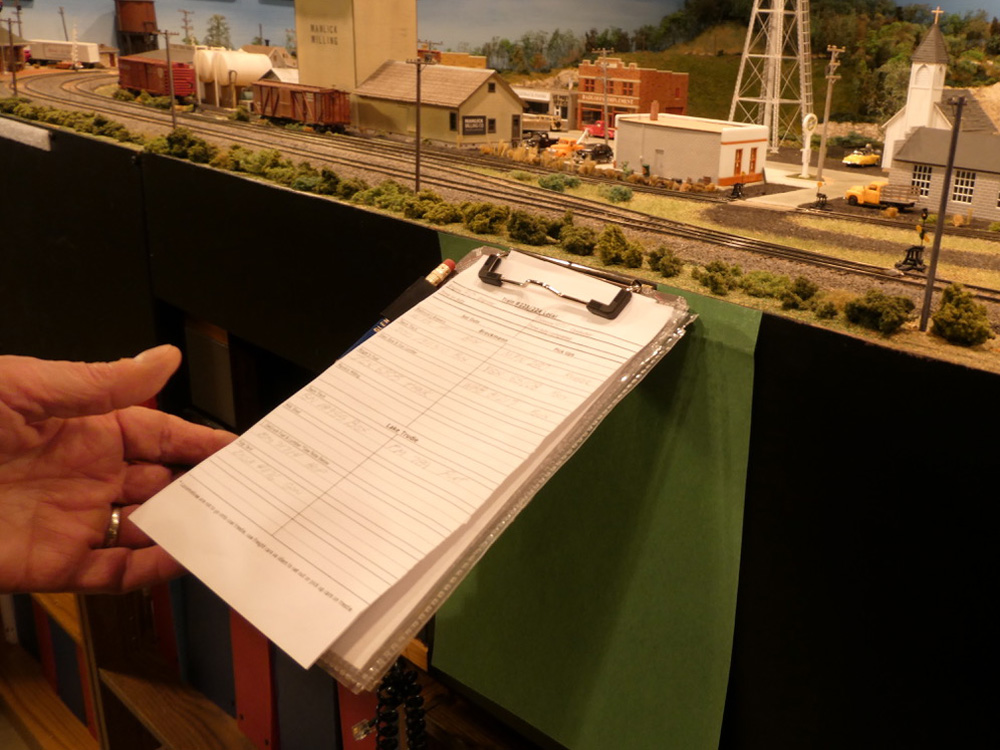
If you’re like me, you put a lot of work into your model railroad scenery, and the last thing you want to see is an operator putting his paperwork on the layout during an operating session. This situation was a concern for me, so I turned to hook and loop fasteners and piano hinges to […]
Read More…
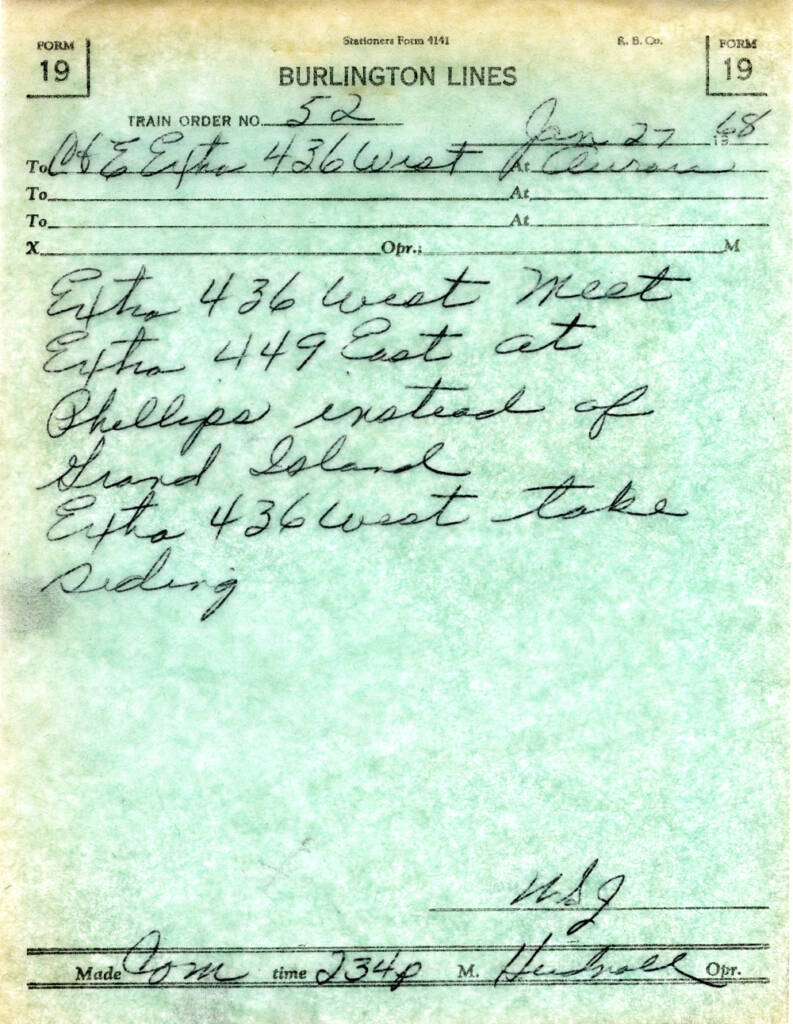
If you’ve read Model Railroader or many of our books and special issues, you’ve probably seen references to timetable-and-train-order operation, or TTTO for short. Employee timetables (ETT) that governed TTTO operation listed station names, mileposts, train numbers and classes, departure and arrival times, and operating instructions, among other items, to govern train movements. So why […]
Read More…
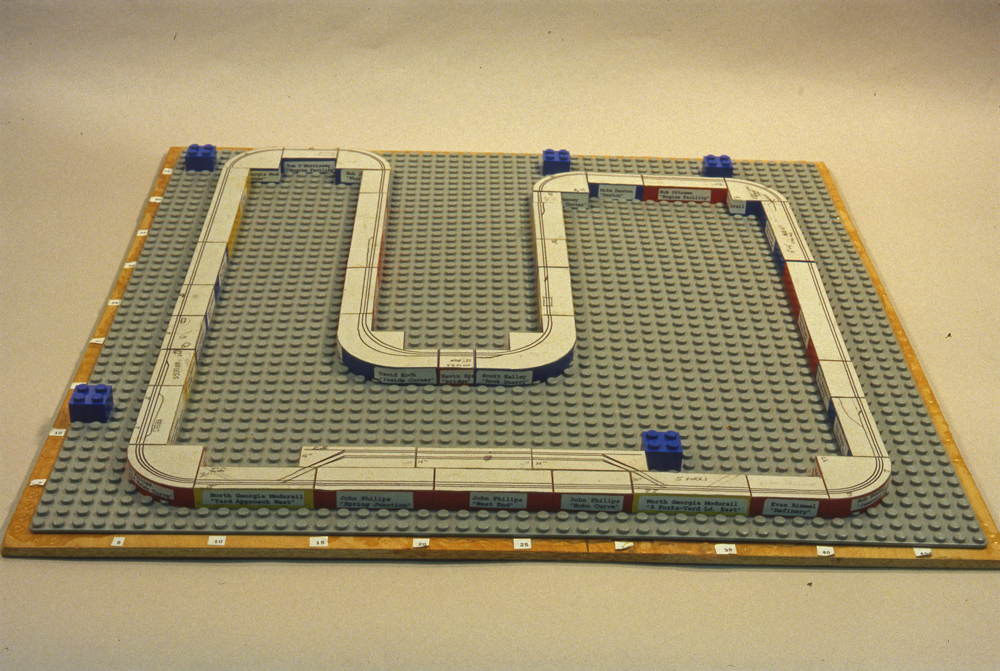
When I joined North Georgia Modurail, I noticed early on that the club had a hard time planning show layouts. The layout would be planned on paper, but inevitably changes had to be made at the last minute. My inspiration came while watching my 4-year-old son play with his LEGO. The bricks were a small-scale […]
Read More…

Sometimes, an idea for a layout strikes like a bolt of lightning. You can see everything, from the benchwork to the yard design to the topography. All you have to do is build. Occasions like that, though, are infrequent. More often than not, modelers require inspiration at one point or another in the process of […]
Read More…
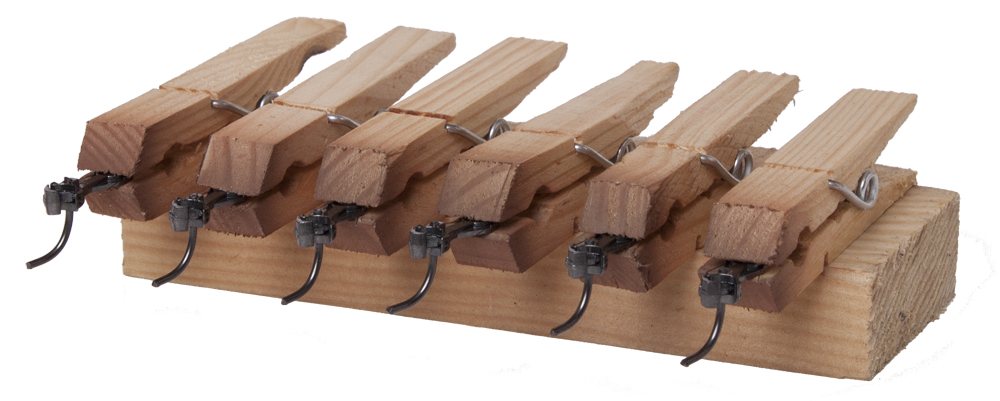
Though the hobby has evolved throughout the decades, one theme has remained constant: Model railroaders are a resourceful bunch. There are many in the hobby community who have a knack for looking items not for what they are, but for what they might become. In this article, we’ll take a look at 10 household items […]
Read More…

Q: In your Ask MR question “Is there a way to automatically slow DCC locomotives?” you mentioned Arduino, a DCC-connected programmable system. Is that like Java Model Railroad Interface (JMRI) software, and if so, how do the two compare? — Bruce Fogwell A: Hi, Bruce. Arduino isn’t software — it’s hardware. An Arduino is a tiny computer, […]
Read More…
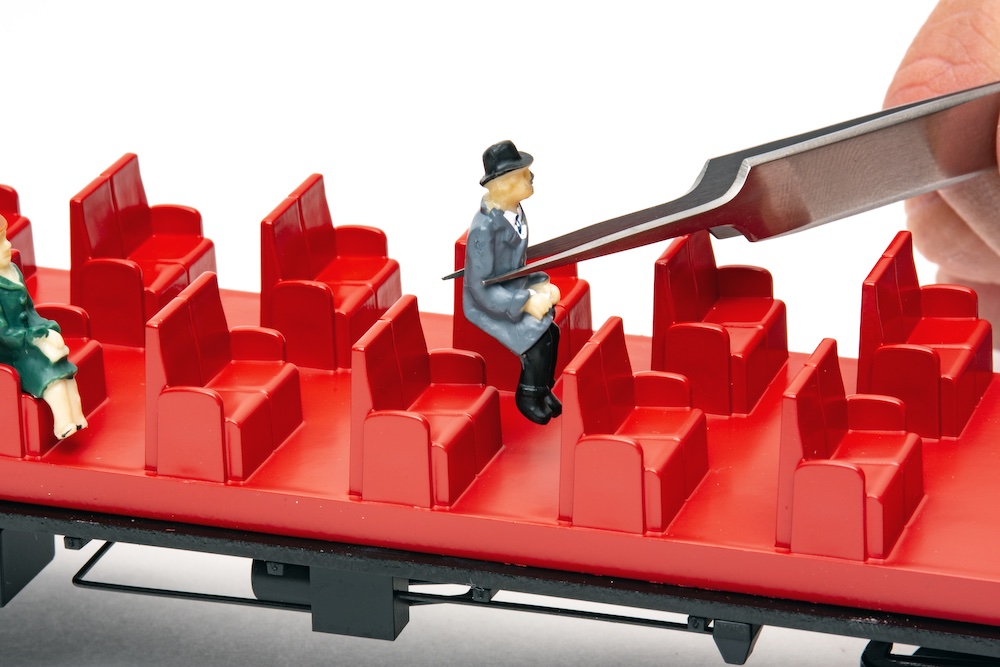
Lionel Trains’ 21″ passenger cars have been a staple in the manufacturer’s lineup of O-scale, 3-rail products for some time. A common censure though has been the lack of previously installed passengers upon purchase, leaving empty seats that need to be filled. From disassembly to reassembly, this project is easier to accomplish than I initially […]
Read More…
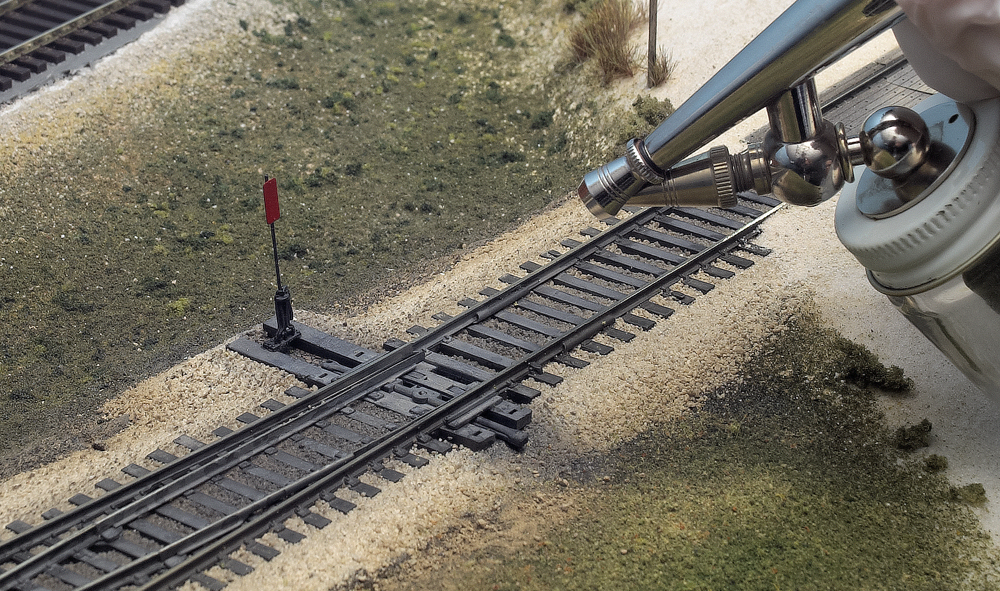
Regardless the size, model railroads require regular maintenance. Cleaning track, dusting scenery and structures, and maintaining equipment are just some of the things that require attention. Not keeping up on these tasks will lead to a layout that runs poorly, looks tired, and potentially cause you (and/or members of your operating crew) to lose interest. […]
Read More…

While sifting through my “someday” project box, I found an old Atlas elevated gate tower. I’ve had this little plastic structure since my earliest days in the hobby, but it’s been a number of years since I’ve used it on a layout. Despite its rough shape, I pulled it out of the box thinking it […]
Read More…












